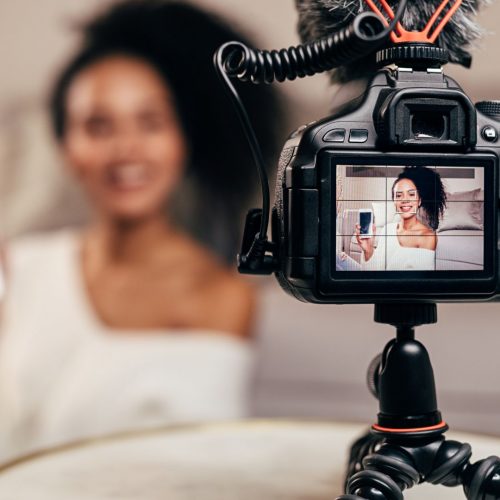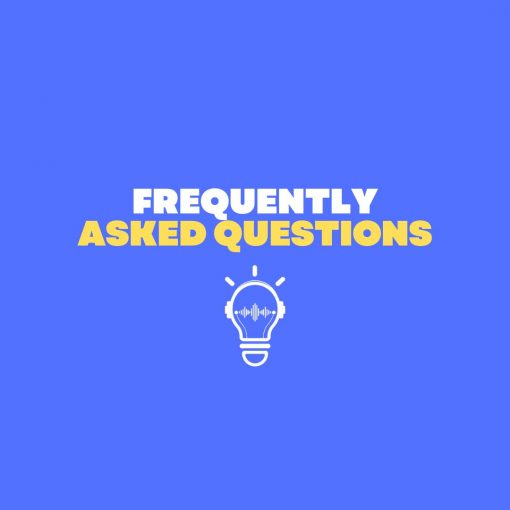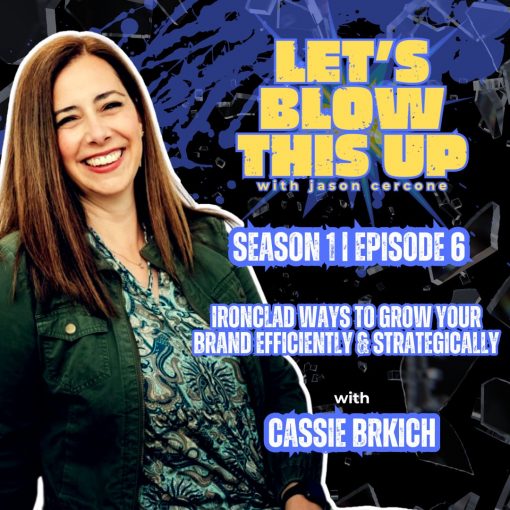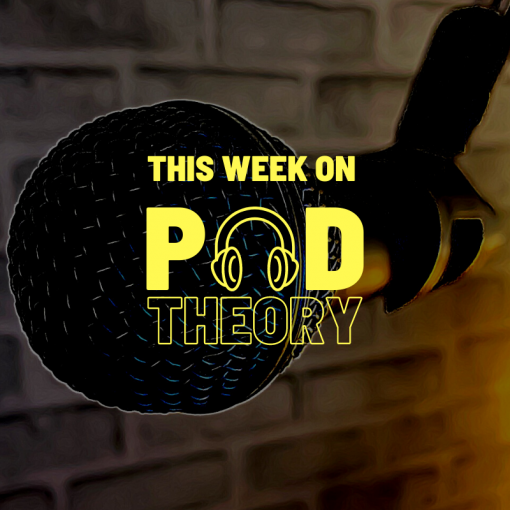Check Out Let’s Blow This Up On Your Favorite Platform
Apple Podcasts | Spotify | Amazon Music | iHeartRadio | Podchaser | YouTube
 Is Video Helping or Hurting Podcasting? Here’s What You Actually Need to Know
Is Video Helping or Hurting Podcasting? Here’s What You Actually Need to Know
Video is everywhere in podcasting conversations right now.
You’ve probably heard it: “You have to be on YouTube.” “If it’s not on video, it doesn’t count.” The pressure is real—and it’s making podcasters second-guess their entire content strategy.
So, it’s time to ask the question: Is video crushing the podcast medium, or just changing it?
Turns out, the answer isn’t one-size-fits-all. And if you’re chasing video just because everyone else is, you’re probably missing the point.
You Don’t Need High-End Video to Make an Impact
There’s a big difference between:
-
A raw Zoom-style recording with minimal editing
-
A fully produced visual experience with transitions, b-roll, and animations
Both are technically “video podcasts.” But they serve different goals and require wildly different resources.
The key, as it is with all content and marketing strategies, is to figure out what fits your brand—and more importantly—your bandwidth. Too many creators bite off more than they can chew and end up producing nothing consistently. If your video setup adds stress and slows your workflow, it’s a liability, not an asset.
Ask yourself:
-
What are your goals for video—discovery, engagement, repurposing?
-
Who’s editing the footage—and do they have the right skills?
-
How will video content actually support your podcast growth?
If you can’t answer those questions, you’re not ready to leverage video in a way that will benefit your brand.
YOU MAY ALSO LIKE: Longevity In the Podcast World Starts With Understanding This…
For Editors and Producers: How to Sell Video the Right Way
If you’re a podcast editor or producer offering video services, you need to be crystal clear on what level of production you’re selling.
Don’t just say “I offer video.” That’s vague and invites confusion.
Instead, position it like this:
-
Define the deliverables (raw cut vs. full post-production)
-
Set boundaries around timelines and revisions
-
Price based on skill, not just time
High-end video takes real time and technical skill. Trying to compete with low-budget freelancers won’t work if your quality and process are different. Be confident in your offer and educate your clients on the difference.
These same principles apply if you’re looking to outsource this type of work or hire someone in-house to handle video production. Make sure they’re qualified!
Set Expectations or Risk Burning Out
Podcasters often overestimate what they can handle—and underestimate what it takes to deliver polished video content regularly.
If you’re a solo creator trying to manage both audio and video editing, publishing, promotion, and strategy, it’s only a matter of time before something breaks.
Here’s how to avoid that:
-
Start with simple video. Recording on Streamyard or Riverside can give you simple clips for social.
-
Don’t commit to YouTube if you can’t keep up with your upload schedule.
-
Repurpose short clips instead of trying to publish full-length episodes everywhere.
Your video content should support your show—not become the whole job. The rise of video in podcasting isn’t a threat. It’s an opportunity…if you use it with intention.
Make your podcast work smarter, not just louder.
What’s your next move with video—and does it actually support your strategy?







2 thoughts on “Is the Video Aspect of Podcasting Crushing the Medium?”